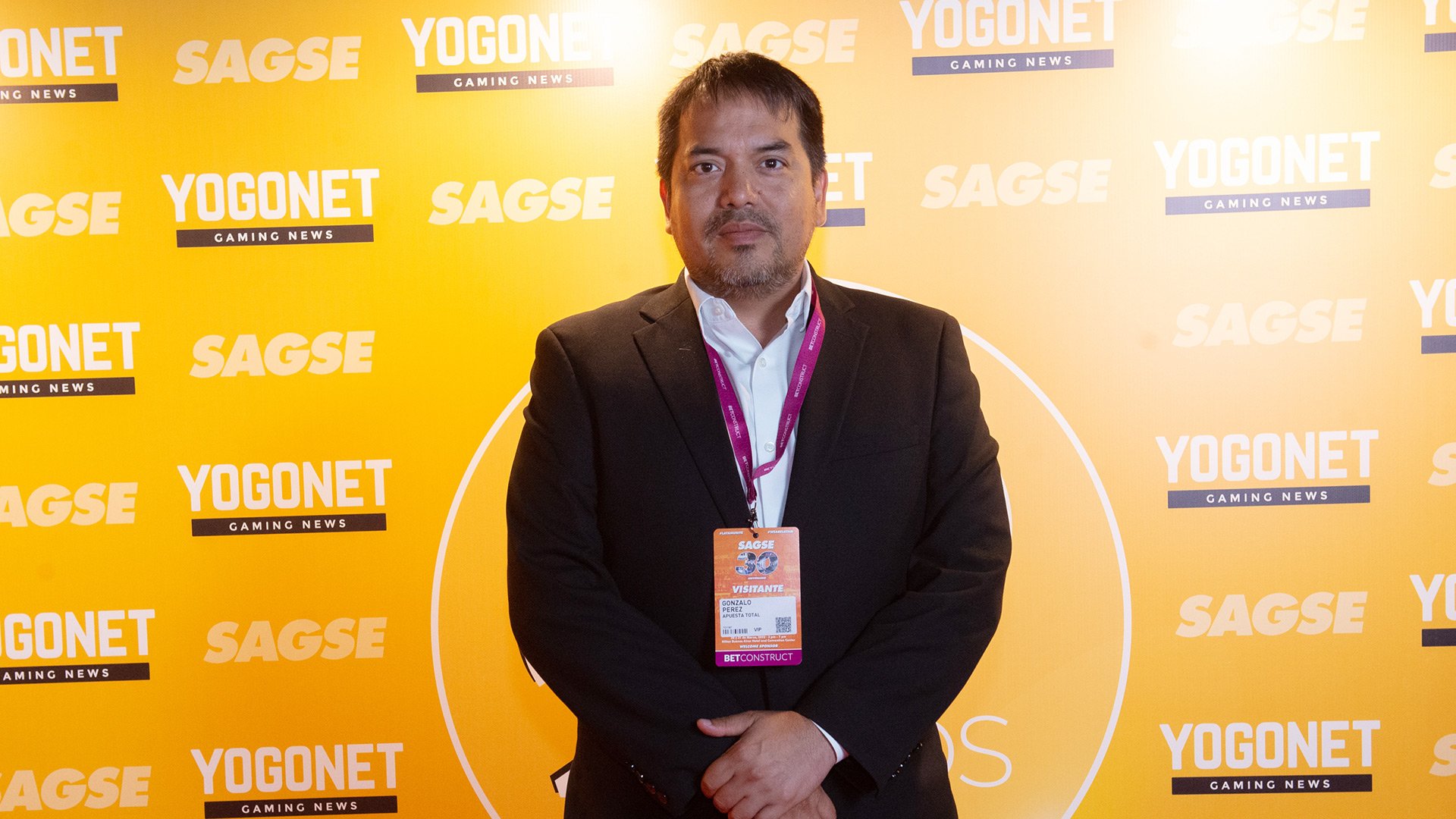NFL
Britain’s next great F1 driver? Ollie Bearman joins the grid

Stay informed on all the biggest stories in Formula One. Sign up here to receive the Prime Tire newsletter in your inbox every Tuesday and Friday.
As he took a seat for his media briefing in the Haas hospitality unit ahead of the Spanish Grand Prix last month, Ollie Bearman’s eyes widened.
“Wow, so many phones!” he commented with a laugh as the pack of journalists hit record and placed their devices down on the table.
It’s a level of interest and scrutiny that Bearman, 19, has slowly been getting used to. Ever since his star turn for Ferrari in Jeddah, finishing seventh as a late stand-in for Carlos Sainz despite getting only a single session of practice, the hype hasn’t slowed for a second. Bearman admitted it had grown “exponentially” since that point.
“That was quite a big step in terms of people knowing me,” Bearman said. “When I arrived in Australia, there were a lot of people who suddenly recognized me, which is a great feeling, honestly.
“I’m not in F1, but in terms of popularity and fans and stuff, I’m almost there.” He joked that he still had to use the Formula Two parking lot, meaning he had to leave a little bit more time to get into the paddock. “But it’s part of getting up towards F1, and it’s something you have to enjoy as well.”
Bearman was correct at the time in saying he was “almost there.” Now, he’s even closer. One of F1’s worst-kept secrets was made public on Thursday as Haas confirmed Bearman would join its lineup for the 2025 season.
Bearman is quickly adjust to having the kind of public profile that comes with a place on the F1 grid. (Rudy Carezzevoli – Formula 1/Formula Motorsport Limited via Getty Images)
It’s the inevitable next step for a driver whose performances and, importantly, whose attitude has made him someone not only Haas, but also Ferrari, see as an exciting part of their F1 futures.
Ferrari first saw the qualities that made Bearman stand out back when he was 16, signing him to its prestigious academy that had already helped drivers like Charles Leclerc, Jules Bianchi, Sergio Pérez and Mick Schumacher reach F1. Unlike Red Bull’s ‘broad net’ approach, Ferrari prefers to focus on only a handful of drivers at any one time in its academy, and sets high expectations as a result.
As a Ferrari engine customer, Haas has a relationship that makes it an ideal first spot for future Ferrari drivers. It fielded Mick Schumacher in 2021 and 2022 when he was part of Ferrari’s academy, and ran Leclerc in practice in late 2016 as part of its relationship. Leclerc ultimately ended up with Sauber in 2018 en route to Ferrari, but as of 2026, Haas will be the only Ferrari customer on the grid, making it the natural starting point for any young drivers it wants in F1.
Bearman moved to Modena at just 16 to immerse himself in Ferrari’s academy — adding an Italian twang to his Essex accent along the way — and quickly excelled. He narrowly missed out on the Formula Three title in 2022, finishing third behind Victor Martins and Zane Maloney. But it was in Formula Two last year where Bearman really punched his card as a future star, winning four races in his rookie season, including a rare weekend ‘sweep’ in Baku where he scored pole before winning both the feature race and the reverse grid sprint.

Bearman moved to Italy at 16 to join Ferrari’s driver academy, adding an Italian twang to his native English. (BAHRAIN, BAHRAIN – FEBRUARY 28: Oliver Bearman of Great Britain and PREMA Racing poses during the Formula 3 Drivers Portrait Session at Bahrain International Circuit on February 28, 2022 in Bahrain, Bahrain. (Bryn Lennon – Formula 1/Formula Motorsport Limited via Getty Images)
Navigating that step from F3 to F2 is often make or break for a young driver. Not only is there the uptick in speed from the car, but there are other elements such as pit stops and multiple tire compounds that are introduced, serving as ideal preparation for the next step to F1. Impressing as a rookie is one thing; doing so when debuting in the category at 17, like Bearman, is another thing entirely.
It meant come the end of last year, the first signs of Bearman being next on Ferrari’s path to F1 were emerging. He was given practice appearances with Haas in Mexico and Abu Dhabi, and took part in the post-season test with the team. A further six sessions were planned with Haas for 2024 — a strong sign of preparing him for a potential promotion. Ferrari also named him as one of its reserve drivers for 2024 alongside Antonio Giovinazzi, who, with three seasons of F1 experience and a Le Mans victory to his name, would surely be first in line if anything were to happen to Leclerc or Sainz.
But when Sainz had to be rushed into surgery for appendicitis in Jeddah, it was Bearman who got the nod. He was already there for F2 and was due to start on pole before Ferrari plucked him out of his Prema team for the weekend, putting its faith in the 18-year-old and making him the third-youngest F1 driver in history. The performance that followed won the acclaim of not only Ferrari, but the entire paddock. Lewis Hamilton was one of the first drivers to go and congratulate Bearman after he parked up at the end of the race.
From that point, it seemed inevitable he’d be racing for Haas next year. Momentum only gathered in recent weeks when some reports claimed he’d already signed, which the team denied. “I try to stay away from this speculation,” Bearman said in Barcelona. “It’s unhealthy in the end.”
Bearman instead focused on getting feedback from those who really mattered in the decision making: Ferrari F1 boss Fred Vasseur and Haas chief Ayao Komatsu. “Fred keeps an eye in the background, probably without me knowing,” Bearman said. “I like to stay updated with him and in the loop, because it’s nice to know where you stand.” The Athletic asked if he knew where he stood with Vasseur. “I think he knows where I stand, but I don’t know where I stand with him!” Bearman joked.

As a last-moment substitute for Carlos Sainz at the Saudi Arabian GP, Bearman finished seventh. (JOSEPH EID/AFP via Getty Images)
The truth was Vasseur, who made his name in junior categories and knows everything happening in F2 and F3 even to this day, always held Bearman in high regard; only more so after Jeddah. But Ferrari was careful not to put too much pressure on him. It didn’t set targets for him in F2 or in his Haas practice outings, only to just keep performing to the best of his ability and, importantly, keep developing.
“It was made clear to me that I didn’t need to prove myself,” Bearman explained. “If I just drove within what I’m capable of, that’s already proving. I don’t feel like I’m overpushing or overdoing it, I’m just enjoying the session and using it to build up my knowledge base.”
Bearman knew where he had to improve. He felt he was good at getting up to speed quickly, but then making the next ‘step’ when putting on new tires on a rubbered-in track and with low fuel was trickier. But he wasn’t concerned. “I don’t really need to overthink that, it’s something that comes with experience,” he said. “And it will come. I’m not worried about that. I’ve identified it as something I can work on and improve.”
Making the transition from F1 to F2 machinery in weekends where had both a Haas FP1 outing and his normal racing commitments with Prema was difficult. Yet the F1 performances started to carry greater significance, particularly as Prema struggled with the new F2 car introduced for this year. Prior to his F2 sprint race win in Austria at the end of June, Bearman was actually higher in the F1 standings than in F2, despite making only one appearance. Bearman actually finds the F1 cars more intuitive to drive. “I have to really consciously drive it,” he said of the F2 vehicle. “Whereas in F1, it’s a bit more subconscious. It tends to come a bit more naturally.”
Through his F1 outings, both in practice with Haas and in private testing with Ferrari, Bearman has built an understanding of how competitive and hard it gets at the top. “You realize the level of these guys is really high, and I’ve been consciously working on making a step on that side of things,” Bearman said. He’s been spending more time with the team’s engineers to bolster his technical understanding, as well as working harder in the gym to prepare for the added physicality of F1 machinery. “I don’t want that to be limiting me.”
It’s not just body, but mind. Bearman has been working with a mental coach since he was in F4, and found it particularly helpful in calming his nerves for the late call-up in Jeddah. “At this level, everyone is more or less the same,” Bearman said. “There’s not people who stand out massively in terms of talent, everyone is massively talented at this level. The difference is really up there, the difference is in the mental game.”
A mental game that Bearman is taking completely in his stride. He’s dealt with the pressures of this year with ease. He’s already warmed himself to those within both Ferrari and Haas with his genial, enthusiastic approach. Underpinning all of that is the fact he’s a rapidly quick driver.
And under Ferrari’s wing, he’s got all the elements that could help him become F1’s next great British driver.
(Lead photo of Ollie Bearman at the Emilia-Romagna GP in May: Clive Rose/Getty Images)










